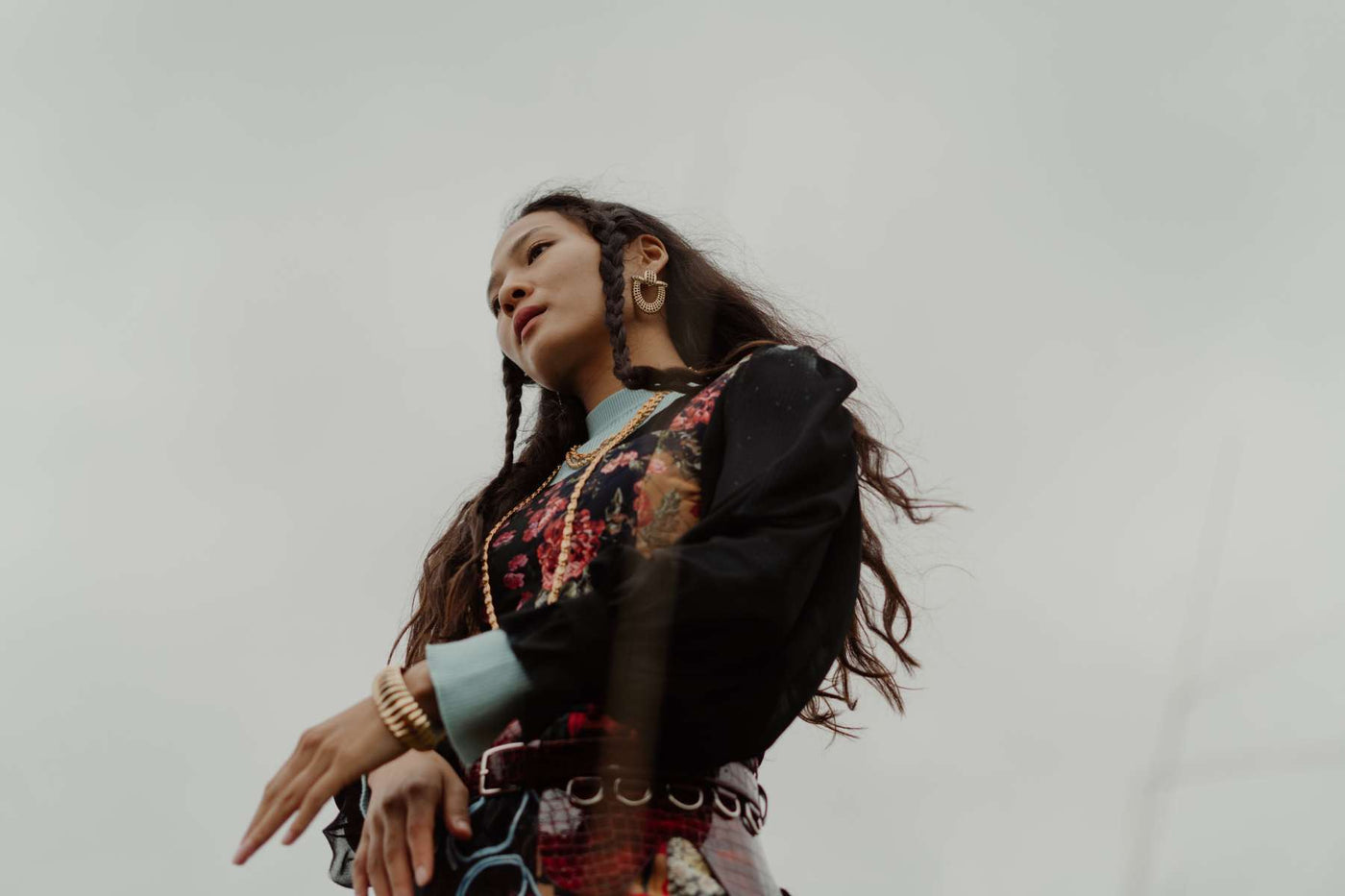Alternative fashion, commonly known as ‘alt fashion’, represents a vibrant tapestry of styles that diverge from mainstream commercial fashion. Rooted in various subcultures and countercultures, it serves as a powerful form of self-expression for people across the globe. This article explores the historical evolution of alternative fashion, highlighting its origins, cultural significance, and lasting impact on contemporary style.
Alternative fashion is characterized by its departure from widely accepted trends, often manifesting within distinct communities like emo, goth, hip hop, cyberpunk, and Japanese Lolita fashion. Unlike mainstream trends that achieve widespread popularity, alt fashion often thrives within niche subcultures that offer a strong sense of identity and belonging.
The punk subculture, emerging in the 1970s, was a significant catalyst for the rise of alternative fashion. It advocated for individuality and a DIY ethos, cultivating a fashion style marked by leather jackets, band t-shirts, and ripped jeans. This rebellious spirit established a foundation for alternative fashion that encouraged people to create custom looks and defy societal norms.
The goth subculture, which gained traction in the 1980s, contributed a dark and theatrical aesthetic to alternative fashion. It introduced a distinctive style characterized by black clothing, dramatic makeup, lace, and corsets. The gothic elements not only influenced fashion within its own community but also began to permeate mainstream culture, paving the way for a broader acceptance of alternative styles.
Sustainability and ethical considerations have recently emerged as critical components within the alternative fashion community. Many brands are now focusing on eco-friendly materials and fair-trade practices, aligning the alt fashion movement with a more conscious approach to consumption, making it socially and environmentally responsible.
Another intriguing aspect of alternative fashion is the steampunk aesthetic, which blends Victorian-era elegance with futuristic technology. Steampunk fashion features corsets, top hats, goggles, and intricate mechanical accessories that evoke the industrial marvel of the 19th century. This genre allows fans to escape into a past era while simultaneously imagining a technologically advanced future.
In addition, steampunk enthusiasts often pay meticulous attention to detail. For instance, corsets are not merely garments but carefully designed fashion statements that enhance body shape and feature brass buckles and clockwork elements.
Continuing with the influence of the punk and grunge movements, both styles have significantly affected alternative fashion’s progression over the years. Punk, with its bold graphic t-shirts and stylistic disruptions, blends seamlessly with the laid-back ethos of grunge, which emerged in the late 1980s and early 1990s. Grunge celebrates comfort, employing flannel shirts, loose jeans, and combat boots to express a sense of relaxation and authenticity.
Another notable subculture is the hip-hop community, recognized for its streetwear, oversized clothing, and flashy jewelry. These elements contribute to a form of alternative fashion that values cultural roots and contemporary artist expression.
Moreover, the Japanese Lolita fashion, inspired by Rococo and Victorian aesthetics, has captivated global audiences with its focus on modesty, elegance, and playful cuteness. This subculture emphasizes frills, bows, and petticoats, presenting fashion as an art form that celebrates individuality without sexualization.
The emo subculture, characterized by its emotive music and expressive fashion, shares similar values of self-identity and emotional honesty. Emo fashion typically includes skinny jeans, studded belts, and distinctive hairstyles, serving as visual representations of personal narratives and feelings.
As we explore the impact of these diverse expressions, it becomes clear that alternative fashion is much more than a fleeting trend; it is a critical medium for self-expression, allowing individuals to showcase their beliefs and values through distinctive attire.
The rich diversity within alternative fashion is not only captivating but also serves as a reminder of its roots in authenticity and creativity. Each subculture brings unique flavors and influences, collectively enriching the fabric of fashion culture.
Today, alternative fashion continues to thrive, inviting new enthusiasts to discover its depth. From cyberpunk to witchy aesthetics, the spectrum of styles resonates with individuals seeking to celebrate individuality and creativity while challenging societal norms.
In conclusion, as we reflect on the evolution of alternative fashion, we recognize the significance of its role in shaping identities and communities. Its enduring appeal lies in championing creative expression and honoring the diverse subcultures that have contributed to its vibrant history.
This exploration of alternative fashion would not be complete without appreciating its visual representation. Below is an illustration capturing the essence of alternative fashion and its subcultures.
Here is an image that depicts the evolution of alternative fashion:

Image: Source ENDLESS SUMMER NZ